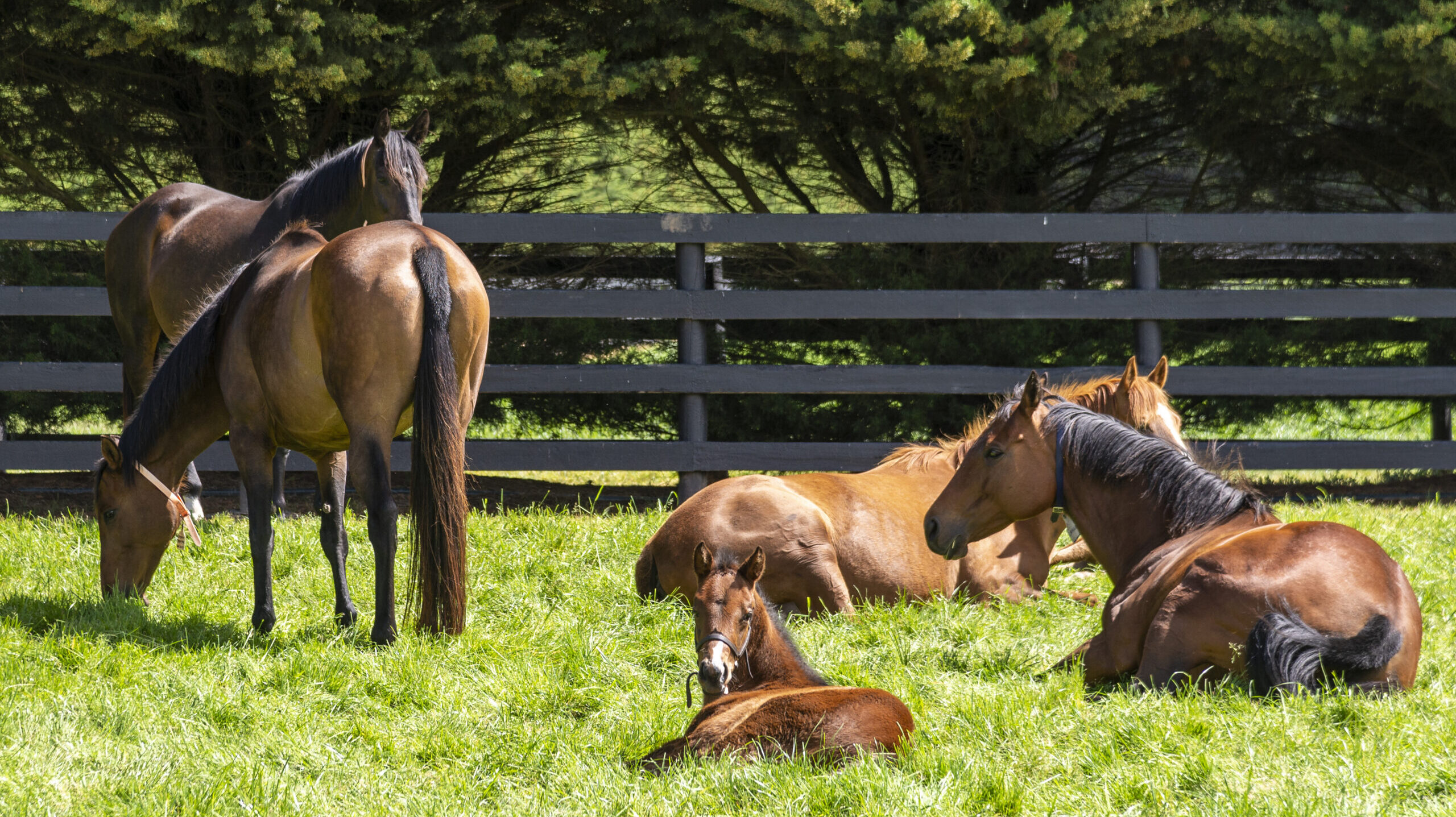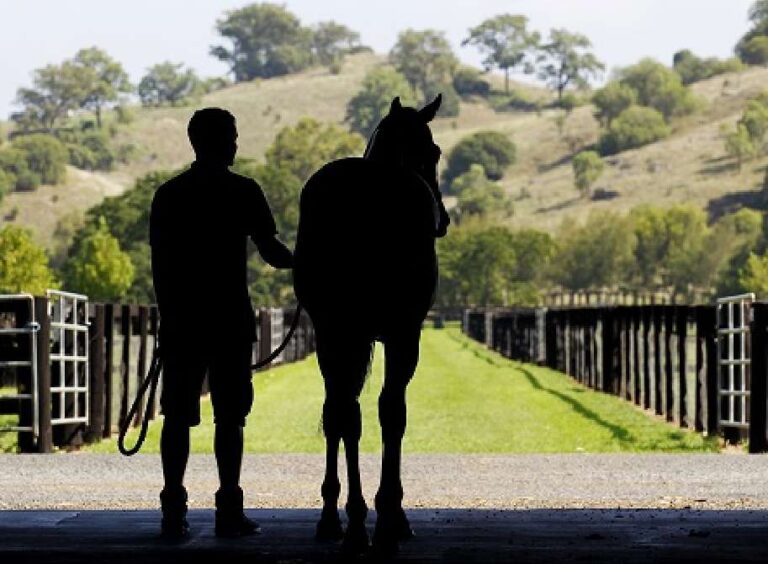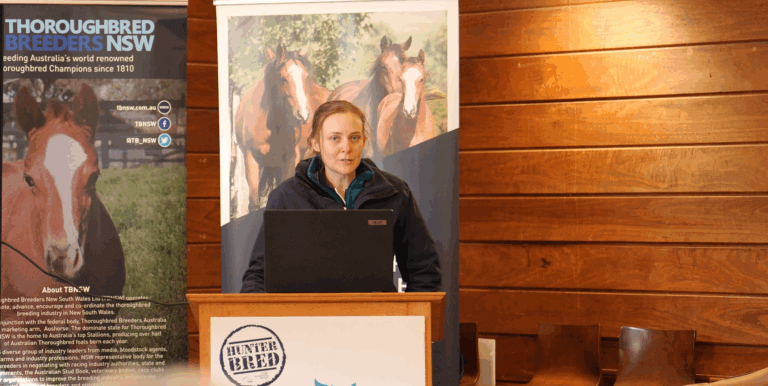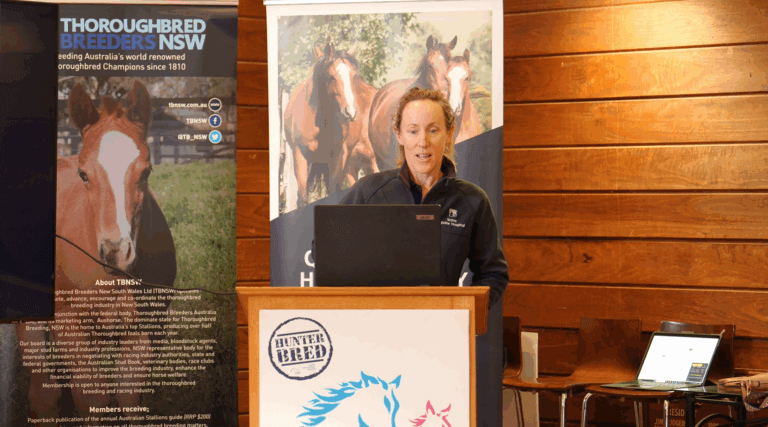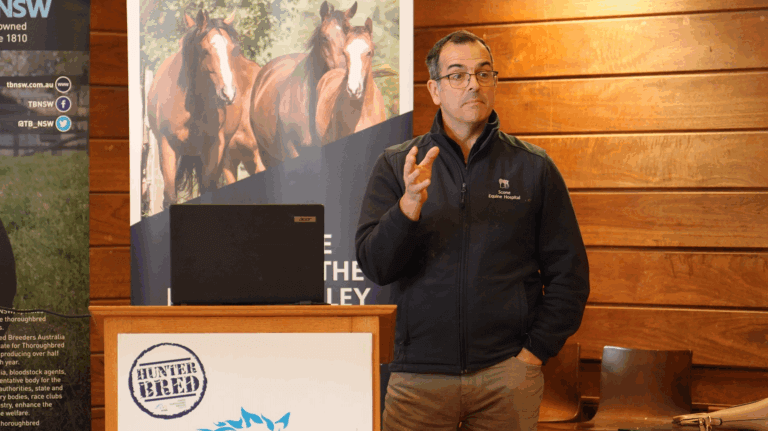Source: Professor Chris Rogers MAgrSc, PhD
Abstract: As a herd species, the horse strongly desires social contact and interaction with conspecifics. Anxiety associated with social isolation may confound the display and interpretation of behaviour associated with pain.
This study examined the effect of anxiety (social isolation) on the behaviour and heart rate variability indices associated with mild somatic pain in a cohort of Standardbred mares. Using a randomized block design, 6 adult Standardbred mares (12 ± 1 years old) were exposed to 4 stimuli: (1) baseline: control, (2) anxiety, (3) pain, and (4) anxiety-pain while loose in a 15 × 15 m yard. Each treatment consisted of a 5-minute control: baseline and subsequent 5-minute stimuli. The baseline included the presence (visual, olfactory, and tactile) of a consistent conspecific herd mate in the neighbouring yard.
Anxiety was induced by social isolation (removal of the conspecific), and mild somatic pain was induced with the application of a (neck) skin pinch. Pain resulted in a reduction in locomotion (median, 10; interquartile range [IQR], 5-14) compared with baseline (median, 19; IQR, 18-21; P = 0.02). Anxiety was associated with an increase in locomotion (median, 22; IQR, 16-25; P = 0.02) and restlessness (median, 20; IQR, 14-26) compared with the pain stimuli (median, 5; IQR, 3-5; P = 0.001). Anxiety also increased the vocalization (median, 2; IQR, 2-4) and contact-seeking behaviour (median, 15; IQR, 13-17) of the horses compared with the pain and baseline stimuli.
Anxiety-pain was only associated with an increase in restlessness behaviour compared with baseline (median, 13; IQR, 9-20 vs. median, 2; IQR, 0-4; P = 0.001). Mean heart rate increased during anxiety (104 ± 12) and anxiety-pain (105 ± 10) compared with baseline (48 ± 4) (P < 0.05). A greater standard deviation of the RR interval was observed with pain compared with anxiety or anxiety pain (P < 0.05). The multiple correspondence analysis demonstrated that pain was clustered with a reduction in number of steps taken and a reduction in contact-seeking behaviour. Anxiety was clustered with an increase in heart rate, restlessness, and vocalization and a decrease in standard deviation of the RR interval. These data indicate that social isolation is a significant stressor for the horse, which may moderate the behaviour and heart rate variability measurements associated with mild somatic pain.
